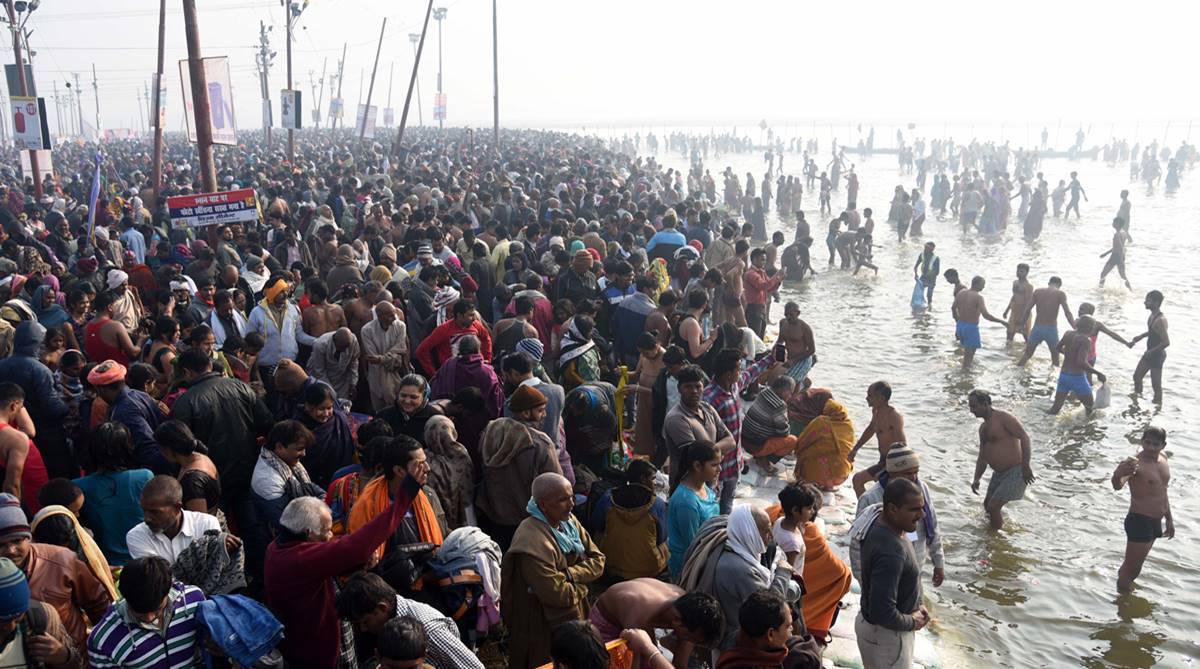Makar Sankranti 2019: Makar Sankranti is one of the most important fixtures in the festival calendar of India. Celebrated towards the end of the winters in North India, the day dedicated to the Sun God holds significance in all parts of the country.
Makar Sankranti, also spelt Makara Sankranti or Sankranthi, marks the transition of the Sun from Sagittarius to Capricorn during the winter solstice in the northern hemisphere, heralding the beginning of Uttarayan when the day starts getting longer. The festival essentially means the arrival of spring, and is hence associated with different traditions.
Apart from India, the festival is celebrated in Nepal too.
Prayagraj, the erstwhile Allahabad, is currently preparing for the Kumbh Mela that takes place on the occasion after every 12 years. Lakhs of Hindu devotees take a holy dip in the Prayag Sangam, the confluence of Ganga, Yamuna and the mythological Saraswati rivers, on this day.
When is Makar Sankranti 2019?
In 2019, the Makar Sankranti will be celebrated on 14 January, Sunday.
While most Hindu festivals follow lunar cycle of the lunisolar calendar, Makar Sankranti is one of the few festivals that are observed according to solar cycles. This is the reason why the festival date usually remains the same every year, barring a few occasions when it shifts by a day.
The day is celebrated as different festivals in different parts of the country. While it’s Lohri in Punjab, Maghi or Bhogali Bihu in Assam, and Dahi-chura in Bihar, the central India observes Sukarat and Tamil Nadu celebrates three-day Pongal festival on the occasion.
In Bengal, it’s a festive day when households prepare mouthwatering pithe-puli (traditional sweetmeats) every year. Also, the famous Gangasagar Mela takes place in the state to mark the occasion when devotees take a holy dip in the Gangasagar.
Makar Sankranti is also incomplete without kite flying. Uttarayan, the six-month period between Makar Sankranti and Karka Sankranti, is the time when
The arrival of spring, which marks the beginning of the harvest season and the end of winter, is welcomed with colourful kites that adorn the skies. Kites flying high are seen as a gesture of expressing gratitude to the gods. While kite flying is popular across India, Uttarayan holds special significance in Gujarat.
In Kerala, annual Makaravilakku festival is celebrated at Sabarimala, the shrine of Lord Ayyappan, on Makar Sankranti. Lakhs of devotees undertake a holy trek to the hill shrine to witness the Makaravilakku, a light that appears at Ponnambalamedu, a remote hill-top to the east of the Sannidhanam, after the evening puja on Makar Sankranti. The devotees believe Makaravilakku darshan would bring them good luck.












